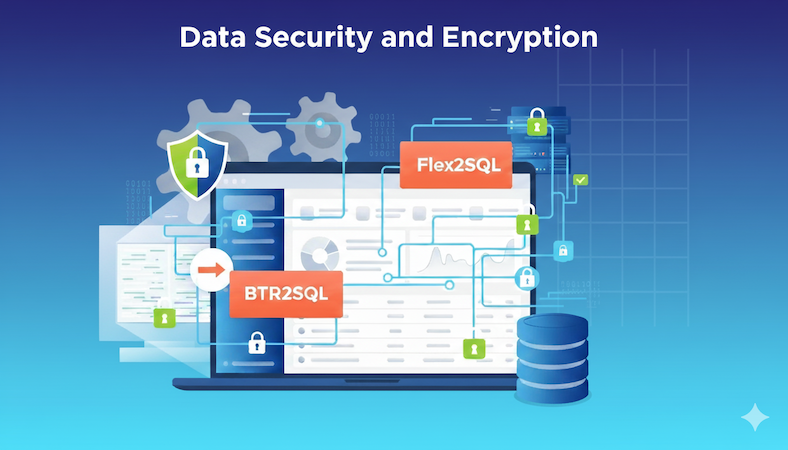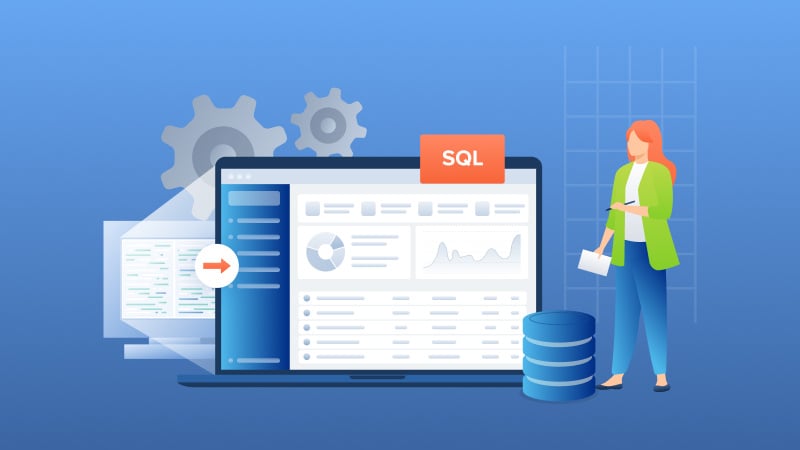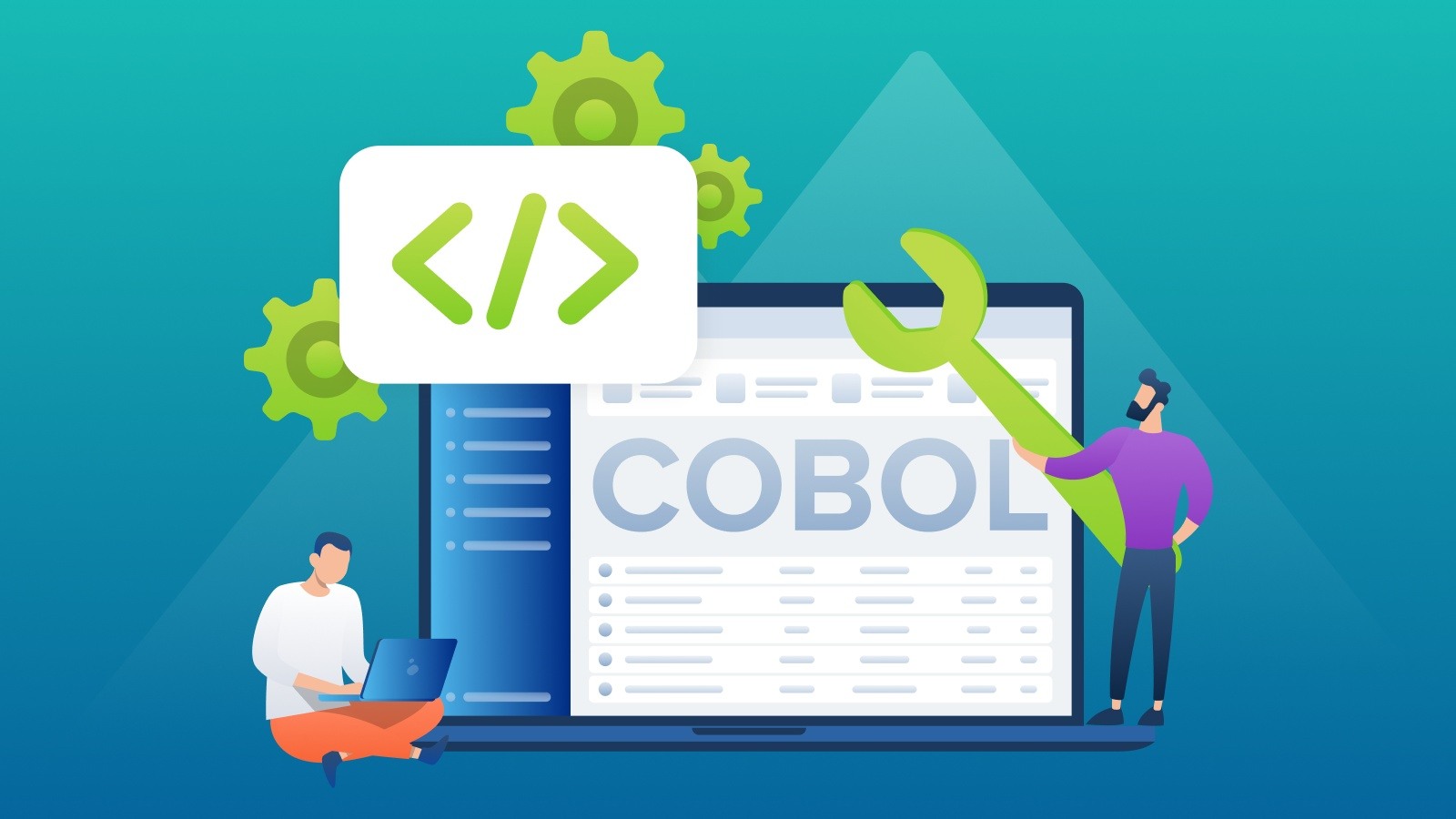Data Security with Flex2SQL and BTR2SQL Connectivity Products
The most common reason for Enterprises looking to migrate from legacy Btrieve or DataFlex databases is the urgent need to address security and...
.png)
The proliferation of SaaS offerings has intensified competition, making user experience a crucial differentiator. Remote work and reliance on cloud-based tools further emphasize the need for user-friendly interfaces. Software must be functional, easy to navigate, aesthetically pleasing, and intuitive. Investing in UI/UX design is essential for attracting and retaining customers and ensuring long-term success in a competitive marketplace.
UI/UX design encompasses creating a seamless and intuitive user interface for SaaS applications. While User Interface (UI) and User Experience (UX) are often used interchangeably, they represent distinct aspects of the design process. UI refers to the visual elements of a product, such as buttons, menus, and on-screen components. On the other hand, UX focuses on users' overall experience, including ease of use, design intuitiveness, and meeting user needs.
The main objective of UI/UX design is to enhance the user experience by designing an easy-to-navigate interface that looks and performs well across any device form. By prioritizing SaaS UI/UX design, businesses can create successful software products that resonate with users.
A well-designed UI can significantly impact the overall user experience, affecting how customers perceive, interact with, and ultimately stay loyal to a brand. An intuitive, simple, clean design ensures you can quickly onboard new customers. In the long term, a solid design should also reduce support calls. The more comfortable users feel with the software, the more likely they will stay loyal to the product, which means greater customer retention.
There are three key elements of a solid design that must be kept front and centered when designing a new user interface:
Intuitiveness and responsiveness: Ensuring your SaaS application has a clear and intuitive navigation structure is key to building a UI/UX strategy. Use familiar patterns, such as top navigation menus, sidebars, and breadcrumbs, to help users navigate the software easily. Make your SaaS application responsive across devices for a seamless user experience.
Minimalism and consistency: Making sure the UI is streamlined and clutter-free goes a long way in simplifying the user journey. Eliminate unnecessary elements and use whitespace effectively to focus the user's attention on essential features and content. Maintain a consistent design language using standardized colors, typography, and icons for easy recognition and understanding by users.
Accessibility: Design with accessibility in mind to make your application usable by people with disabilities. Follow WCAG (Web Content Accessibility Guidelines) to ensure your SaaS software is accessible to a wider audience.
Progressive Disclosure: Present information progressively, revealing more details as users explore further. This prevents overwhelming users with too much information up front and allows them to dive deeper when needed.
Clear Call to Action (CTA): Make CTAs stand out and use descriptive labels conveying user actions. Ensure that users always know what to do next and how to accomplish their goals within the application.
Feedback Mechanisms: Implement feedback mechanisms like in-app surveys, feedback forms, or chat support to gather user input and address issues promptly. This shows users that their opinions matter.
User Training and Documentation: Offer easily accessible documentation, tutorials, and help sections within the application for users to refer to when they need assistance.
As stated earlier, an easy-to-use, intuitive design makes it easy to onboard new customers. So, how do you achieve a solid design that resonates with your users?
Our experience at Mertech with UI/UX design has taught us that a good UI/UX design is an iterative process involving your customers and the end users. This is a must. The sooner you engage the end-user in the design process and get their feedback, the higher your chances of coming up with a design that satisfies all stakeholders.
Another key element to remember is that the design process doesn't stop after you release your SaaS software. Like all the pillar elements of a SaaS application, UI/UX design is an ever-evolving aspect that must comply with trends, technology, and user preference updates.
Companies can establish a solid iterative design improvement by establishing three key elements of improving their design.
A/B Testing: Continuously test and iterate on your UI/UX design. Conduct A/B tests to compare design variations and gather data-driven insights on what works best for your users.
User Testing: Regularly conduct usability testing with real users to identify pain points and areas for improvement. This iterative approach helps refine the user journey over time.
Performance Optimization: Ensure that your SaaS application loads quickly and responds to user interactions promptly. Slow performance can frustrate users and lead to abandonment.
We share an example of an application modernization project we undertook for a client. The application modernization project entailed turning a Windows application into a cloud-native SaaS application. The UI redesign was the biggest challenge as it involved complex screens that needed to be translated to a browser interface that was clean and user-friendly without losing any of the information. The project had two key goals:
Following the iterative design process, our team initially designed the UI. The customer's development team gave us feedback, which we incorporated into the design. The customer then shared a mock design with their testers and the end-users ( their SaaS subscribers). In the end, we ended up with a design that has the functional aspect of the traditional application, looks beautiful, is easy to use, and has been a key factor in acquiring new customers.

The new SaaS product launched almost three years ago and has received great user feedback about the new UI, directly leading to new logo wins.
Read the full case study for more details about the project and its outcomes.
Do you need help getting started with your application redesign? We can help you!

The most common reason for Enterprises looking to migrate from legacy Btrieve or DataFlex databases is the urgent need to address security and...

Introduction Many independent software vendors (ISV) and corporate users still rely on applications that use a category of database collective called...

COBOL applications are the foundation of numerous essential business functions, especially within the banking, insurance, and government sectors....